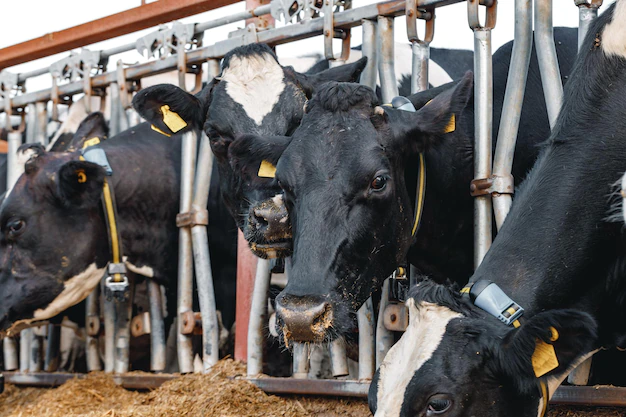Livestock equipment plays a crucial role in animal husbandry by providing various benefits and facilitating efficient management of livestock operations. Here are some key roles of livestock equipment in animal husbandry:
- Shelter and Housing: Livestock equipment such as barns, sheds, and stables provide animals with proper shelter and housing. These structures protect animals from adverse weather conditions, predators, and diseases, ensuring their well-being and productivity.
- Feeding and Watering: Equipment like feeders, water troughs, and automatic feeding systems are used to provide animals with a balanced diet and access to clean water. These tools help ensure that animals receive adequate nutrition, promoting their growth, health, and productivity.
- Handling and Restraint: Livestock equipment includes tools like chutes, gates, and panels that facilitate the safe handling and restraint of animals. These equipment are used during tasks such as vaccinations, hoof trimming, and artificial insemination, ensuring the safety of both animals and handlers.
- Milking and Dairy Equipment: In dairy farming, specialized equipment such as milking machines, milk storage tanks, and pasteurizers are used to streamline the milking process and maintain milk quality. These tools enhance efficiency, hygiene, and the overall quality of dairy products.
- Waste Management: Livestock generate significant amounts of manure and waste. Equipment like manure spreaders, composters, and anaerobic digesters are utilized to manage and process this waste efficiently. Proper waste management minimizes environmental pollution and enables the production of organic fertilizers.
- Climate Control: Livestock equipment, such as ventilation systems and cooling devices, help regulate the temperature and airflow in animal housing facilities. Maintaining optimal environmental conditions improves animal comfort, reduces stress, and prevents the spread of diseases.
- Monitoring and Automation: Technological advancements have led to the development of equipment that enables remote monitoring and automation of various aspects of animal husbandry. For instance, sensors, cameras, and data management systems can be used to monitor animal health, behavior, and productivity, allowing farmers to make informed decisions and optimize operations.
Livestock equipment plays a vital role in ensuring the welfare, productivity, and profitability of animal husbandry operations. It enables efficient management practices, reduces labor requirements, and enhances the overall well-being of the animals.
Join 'Farmers Mag' WhatsApp Channel
Get the latest Farming news and tips delivered straight to your WhatsApp
CLICK HERE TO JOIN






